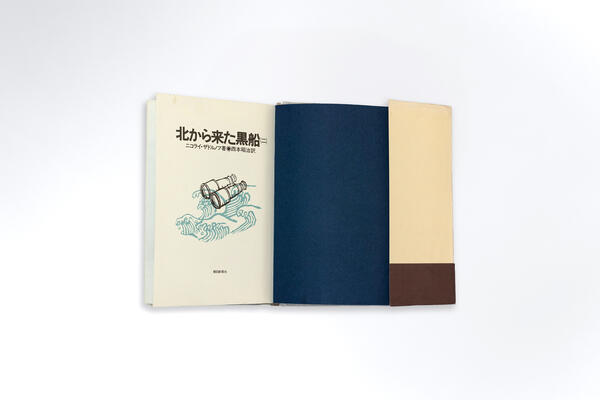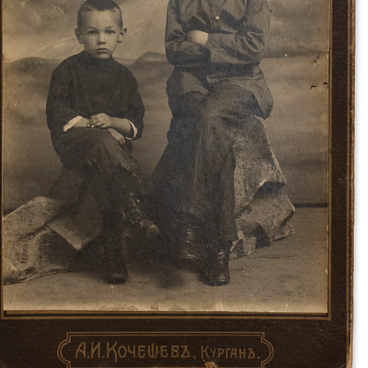The Penza Literature Museum houses the first book in Nikolai Zadornov’s trilogy dedicated to Russian-Japanese relations — the novel “Shimoda”.
To write the trilogy — the novels “Tsunami, ” “Shimoda, ” and “Heda” — Nikolai Zadornov needed to immerse himself deeply into the subject, become familiar with the actual locations, and get first-hand impressions. In Soviet times, it was difficult for a writer without a high political standing to obtain permission to travel outside the USSR. However, Nikolai Zadornov managed to get a travel permit and visited Japan twice. There, he worked with translators at the Imperial Library, made copies of 19th-century documents, and visited the city of Shimoda, the village of Heda, and several other villages. The writer was surprised to find out that Japanese families kept the memory of their ancestors for at least the past 300 years.
After returning to Riga, Nikolai Zadornov, with the help of a Japanese translator, Ogawa Shinko, studied the copies of documents and books that he had brought home. The trilogy was completed in 1979. Later, in 1982, Nikolai Zadornov wrote a sequel titled “Hong Kong” and, in 1988, the final novel in the series, “Lady of the Seas.” The books were translated into Japanese and published under the collective title “The Black Ship That Came from the North.”
“In English-speaking countries, they may classify such literature as fiction. Of course, there are a lot of fictional details in the description of officers and sailors, like all characters in novels. However, I have tried to keep it based on reality,” Nikolai Zadornov wrote in a 1982 reply letter to the critic and researcher Sergey Krivshenko from Primorye.



